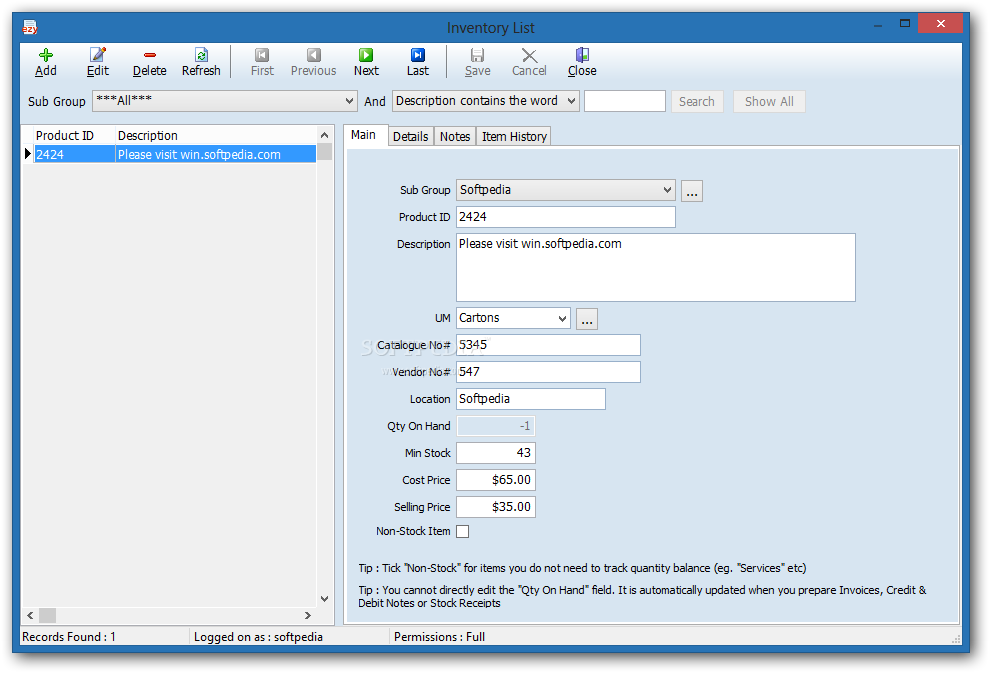
Instead, the specified taxpayers have been provided with a comprehensive standard format for raising invoice that consists of both mandatory and optional fields. It is because such centralisation will bring unnecessary restrictions on the way trade is conducted. Taxpayers should consider the turnover of any financial year from 2017-18 while checking the e-invoicing applicability.Į-invoice does not mean the generation of invoices from a central portal of the tax department.

Soon, the e-invoicing system will get extended to those with a turnover above Rs.10 crore from 1st October 2022.

The government recently extended the e-invoicing applicability to businesses having more than Rs 20 crore turnover w.e.f 1st April 2022. Later on, it was extended to those taxpayers with turnover ranging between Rs.50 crore to Rs.100 crore from 1st April 2021.

Thereafter, it got extended to businesses with a turnover of more than Rs.100 crore from 1st January 2021. The e-invoicing system was implemented from 1st October 2020 for large taxpayers with a turnover of more than Rs.500 crore. The CBIC has notified the latest e-invoice schema on 30th July 2020.


 0 kommentar(er)
0 kommentar(er)
